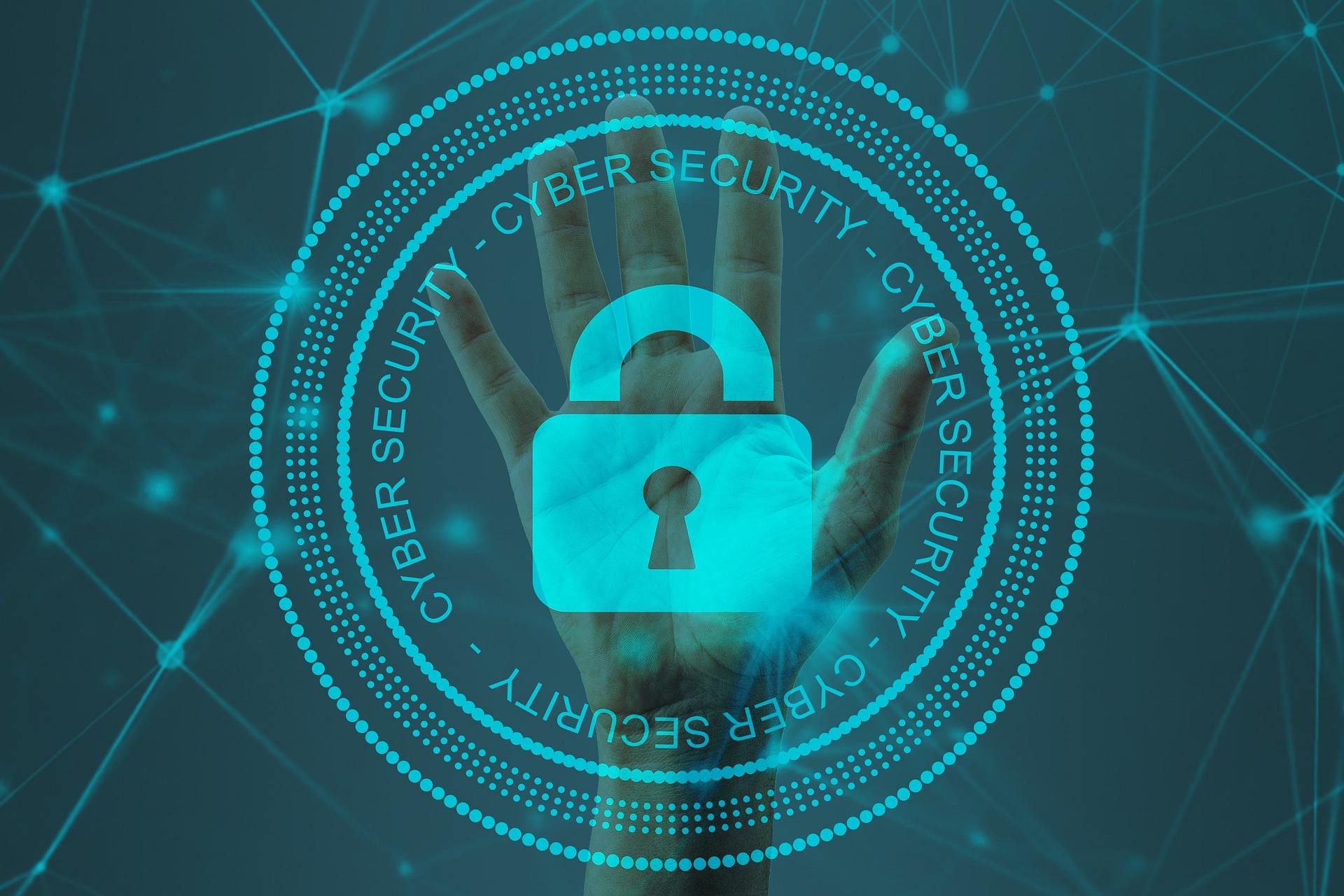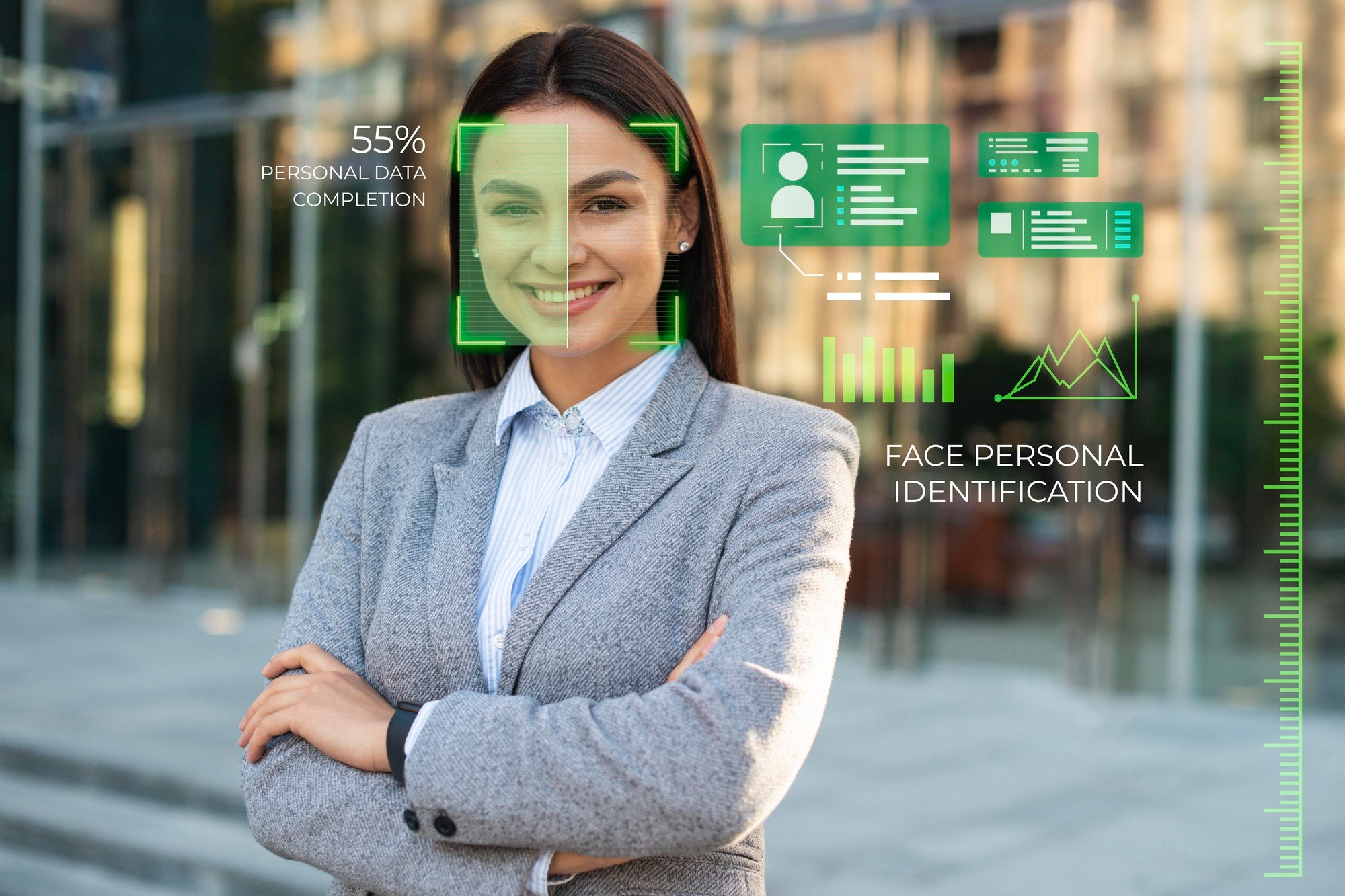remote access, ensuring robust cybersecurity measures is no longer an option but a necessity. Simultaneously, the need to monitor employee activities to maintain productivity and mitigate risks has also grown substantially. This article explores the integration of employee monitoring with cybersecurity protocols, offering a comprehensive approach to safeguarding organizational assets.
Understanding Employee Monitoring
Employee monitoring is a systematic approach adopted by organizations to observe and track the activities of their employees, both online and offline, within the workplace environment. This practice serves multiple purposes, primarily aimed at ensuring productivity, maintaining compliance with company policies, and fostering a secure work environment.
- Definition and Purpose:
- Employee monitoring entails the systematic observation and tracking of employees’ activities to gauge their performance, adherence to policies, and overall conduct within the workplace.
- The primary purpose of employee monitoring is to ensure productivity levels are maintained, identify areas for improvement, and mitigate risks associated with unauthorized or inappropriate activities.
- Types of Employee Monitoring:
- Internet Usage Tracking: Organizations monitor employees’ internet activities to ensure they are focused on work-related tasks and to prevent access to unauthorized or potentially harmful websites.
- Email Monitoring: This involves monitoring employees’ email communications to ensure compliance with company policies, prevent data leaks, and detect any suspicious or unauthorized activities.
- Keystroke Logging: Employers may use keystroke logging software to track the keystrokes made by employees, allowing them to monitor their typing activity and potentially identify any misuse of company resources or sensitive information.
- Video Surveillance: Some organizations use video surveillance systems to monitor employees’ physical activities within the workplace, such as their movements, interactions, and adherence to safety protocols.
Understanding the various methods of employee monitoring is essential for organizations to implement appropriate strategies that balance the need for oversight with respect for employee privacy and autonomy.
Cybersecurity Risks in the Workplace
The proliferation of cyber threats poses significant risks to organizations, ranging from data breaches to financial losses and reputational damage. Common cybersecurity threats include malware, phishing attacks, ransomware, and insider threats.
The consequences of a successful cyber attack can be severe, leading to data theft, operational disruptions, and legal ramifications.
Integrating Employee Monitoring with Cybersecurity
By integrating employee monitoring with cybersecurity protocols, organizations can strengthen their defense mechanisms against potential threats. Employee monitoring provides valuable insights into employee behavior and helps identify suspicious activities that may indicate a security breach. Furthermore, monitoring tools can detect unauthorized access attempts, anomalous behavior patterns, and policy violations in real-time, allowing for timely intervention and remediation.
| Cybersecurity Risks | Description | Employee Monitoring Integration |
| Data Breaches | Unauthorized access to sensitive information, resulting in data theft or exposure. | Employee monitoring can help detect unauthorized access attempts or unusual data transfer activities, allowing organizations to identify potential breaches early and take appropriate action to mitigate risks. |
| Financial Losses | Financial theft, extortion, or fraud perpetrated through cyber attacks, leading to monetary losses for organizations. | Integrating employee monitoring with cybersecurity can help identify suspicious financial transactions or activities that may indicate fraudulent behavior, enabling organizations to prevent financial losses. |
| Reputational Damage | Damage to an organization’s reputation due to cyber attacks or data breaches, resulting in loss of trust and credibility among stakeholders. | Employee monitoring can assist in detecting and preventing insider threats, such as employees leaking sensitive information or engaging in unethical behavior, thereby reducing the risk of reputational damage. |
| Operational Disruptions | Disruptions to normal business operations caused by cyber attacks, including system outages, downtime, or loss of productivity. | Monitoring tools can identify anomalous behavior patterns or system abnormalities that may indicate a cyber attack in progress, allowing organizations to respond quickly and minimize the impact on operations. |
| Legal Ramifications | Legal consequences arising from non-compliance with data protection regulations or failure to adequately protect sensitive information. | Employee monitoring can help organizations ensure compliance with data protection laws by monitoring and auditing employee activities related to data handling and access, reducing the risk of legal ramifications. |
Integrating employee monitoring with cybersecurity protocols provides organizations with a proactive approach to managing cybersecurity risks. By leveraging insights from employee behavior and monitoring tools, organizations can enhance their ability to detect, prevent, and respond to cyber threats effectively.
Best Practices for Integrating Employee Monitoring and Cybersecurity
To ensure the effective integration of employee monitoring with cybersecurity protocols, organizations should adopt the following best practices:
Establish clear policies and procedures
Clear and transparent policies regarding employee monitoring and cybersecurity protocols should be communicated to all employees. This includes outlining acceptable use policies, data protection guidelines, and consequences for policy violations.
Educate employees on cybersecurity awareness
Regular training sessions and awareness programs should be conducted to educate employees about the importance of cybersecurity and their role in maintaining a secure work environment. This includes recognizing phishing attempts, practicing good password hygiene, and reporting suspicious activities.
Utilize advanced monitoring tools
Investing in advanced monitoring tools and technologies can enhance the effectiveness of employee monitoring and cybersecurity efforts. These tools often include features such as behavior analytics, threat intelligence, and automated alerts, enabling proactive threat detection and response.
Overcoming Challenges
Integrating employee monitoring with cybersecurity protocols presents several challenges that organizations must address to ensure the effectiveness and ethicality of their monitoring practices. While the benefits are substantial, it’s crucial to navigate these challenges with sensitivity to employee privacy and autonomy.
- Balancing Security and Privacy Concerns:
- One of the primary challenges is striking a balance between the need for robust cybersecurity measures and respecting employees’ privacy rights.
- Organizations must ensure that their monitoring practices are proportionate to the security risks they face and do not unduly infringe upon employee privacy.
- Implementing Transparent Monitoring Policies:
- To address concerns about transparency and trust, organizations should establish clear and comprehensive monitoring policies.
- These policies should outline the purpose of monitoring, the types of activities being monitored, and the procedures for accessing and using monitored data.
- Obtaining Employee Consent:
- In many jurisdictions, obtaining employee consent is a legal requirement for implementing monitoring measures.
- Organizations should communicate openly with employees about the purpose and scope of monitoring and obtain their informed consent before initiating monitoring activities.
- Limiting the Scope of Monitoring:
- To mitigate privacy concerns, organizations should limit the scope of monitoring to necessary areas and activities.
- This may involve focusing monitoring efforts on high-risk areas, such as access to sensitive data or systems, rather than monitoring all employee activities indiscriminately.
- Ensuring Compliance with Regulations:
- Organizations must ensure that their monitoring practices comply with relevant laws and regulations governing employee privacy and data protection.
- This may include laws such as the General Data Protection Regulation (GDPR) in the European Union or the Health Insurance Portability and Accountability Act (HIPAA) in the United States.
- Addressing Ethical Considerations:
- Beyond legal compliance, organizations should also consider the ethical implications of their monitoring practices.
- This includes respecting employee dignity, autonomy, and the right to privacy, even in the context of cybersecurity objectives.
By addressing these challenges thoughtfully and proactively, organizations can integrate employee monitoring with cybersecurity protocols in a way that maximizes security effectiveness while preserving employee rights and well-being.
Case Studies
Several organizations have successfully integrated employee monitoring with cybersecurity protocols, achieving significant improvements in security posture and risk mitigation. Case studies highlighting these success stories serve as valuable examples for other organizations looking to adopt a similar approach.
In conclusion, integrating employee monitoring with cybersecurity protocols is essential for maintaining a secure and productive work environment. By leveraging monitoring tools and best practices, organizations can effectively detect and prevent security breaches, safeguarding their sensitive data and assets. A holistic approach that combines employee monitoring with cybersecurity measures is key to mitigating risks and ensuring business continuity in today’s digital landscape.
FAQs
- Why is employee monitoring important for cybersecurity? Employee monitoring provides insights into employee behavior and helps detect potential security threats, enabling proactive risk mitigation.
- What are the potential challenges of integrating employee monitoring with cybersecurity? Challenges include balancing employee privacy concerns, ensuring compliance with regulations, and addressing ethical considerations.
- How can organizations overcome employee privacy concerns when implementing monitoring policies? Organizations can establish clear and transparent monitoring policies, obtain employee consent, and limit monitoring to necessary areas to address privacy concerns.
- What role do employees play in maintaining cybersecurity within the organization? Employees play a crucial role in maintaining cybersecurity by practicing good security hygiene, being vigilant against threats, and promptly reporting any suspicious activities.
- What are some best practices for implementing employee monitoring and cybersecurity protocols? Best practices include establishing clear policies, educating employees on cybersecurity awareness, and leveraging advanced monitoring tools for proactive threat detection.




